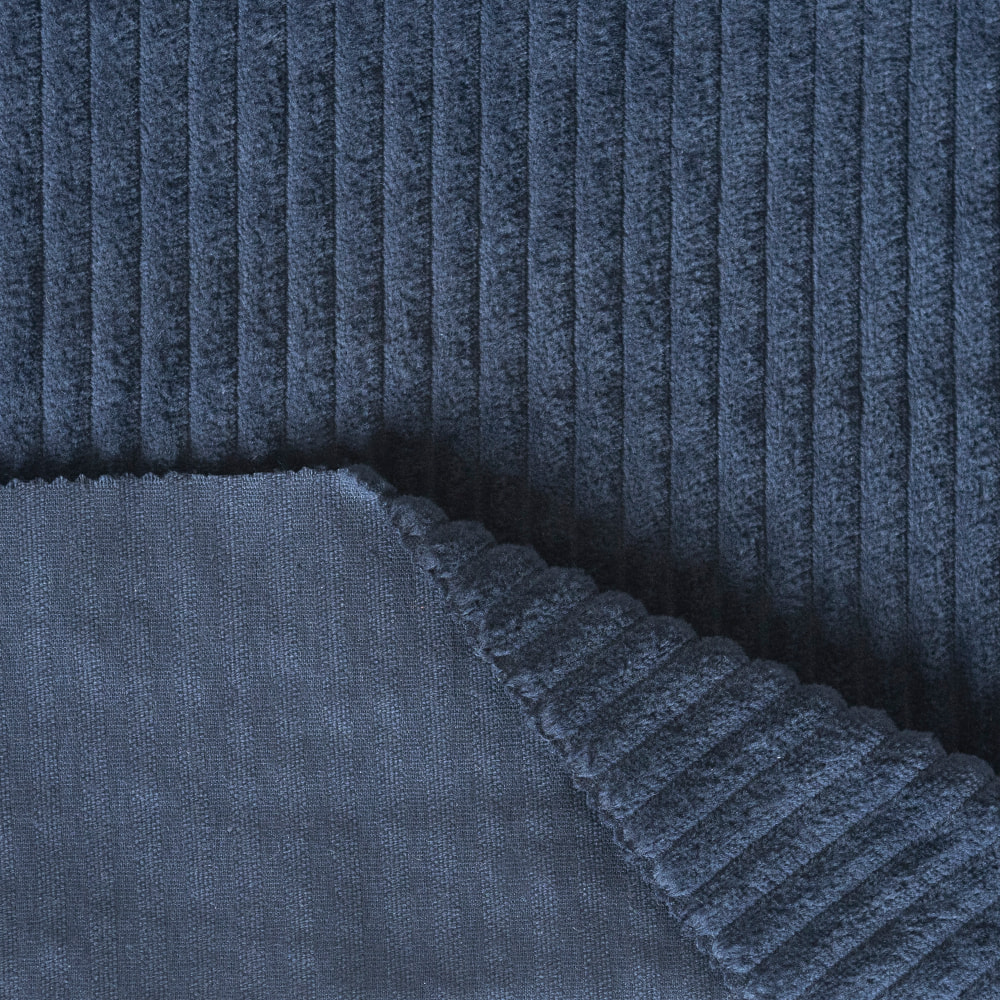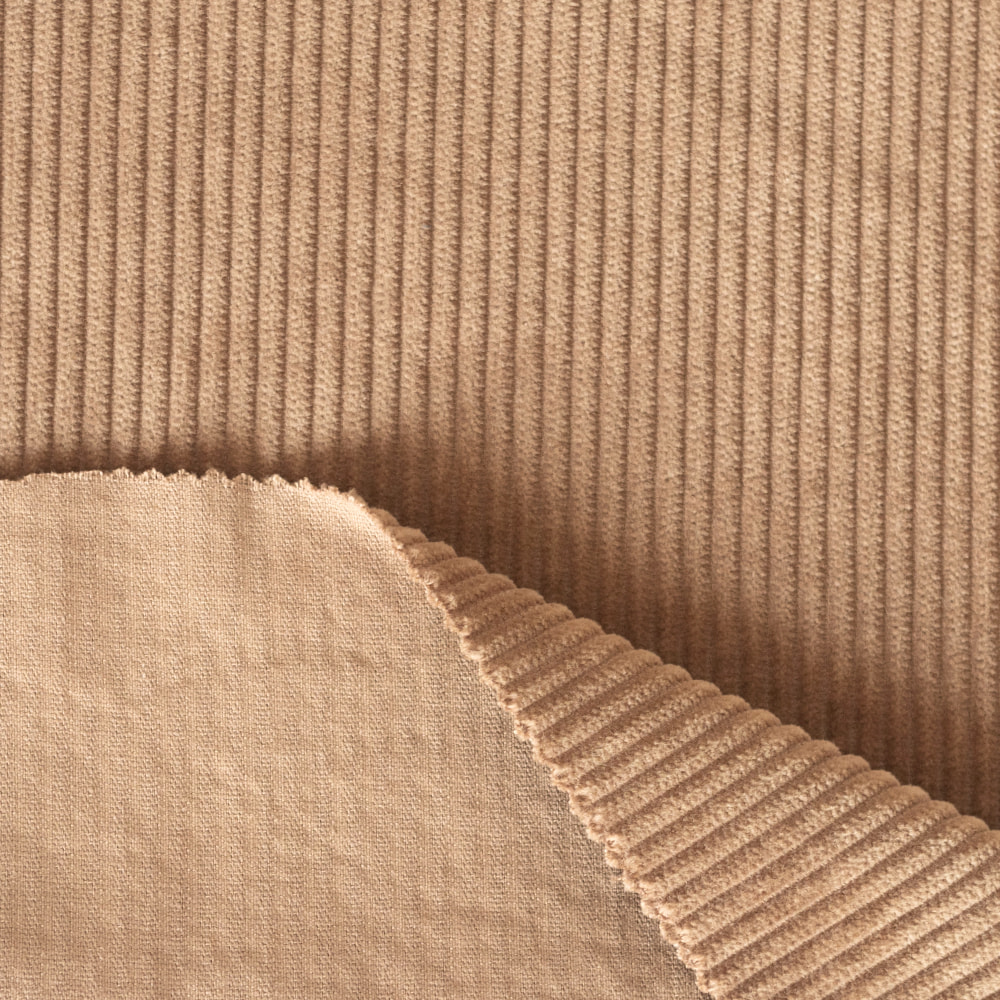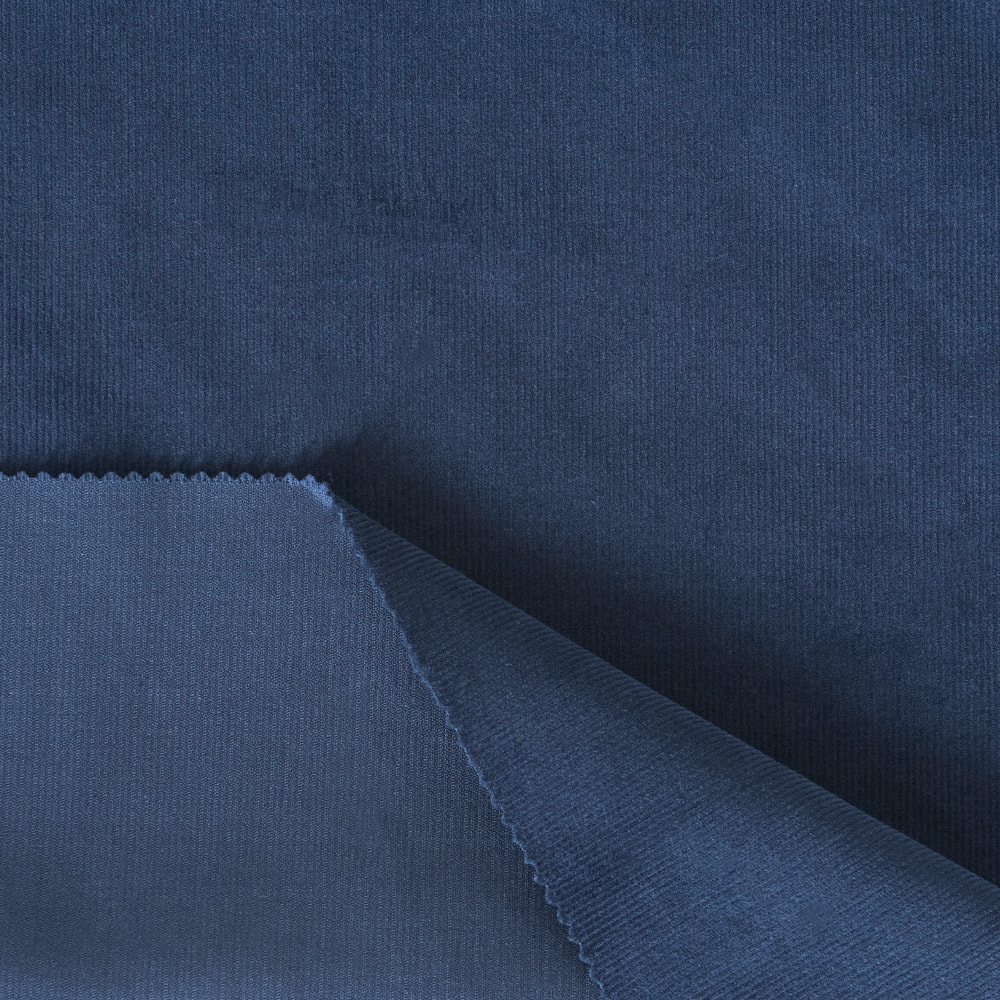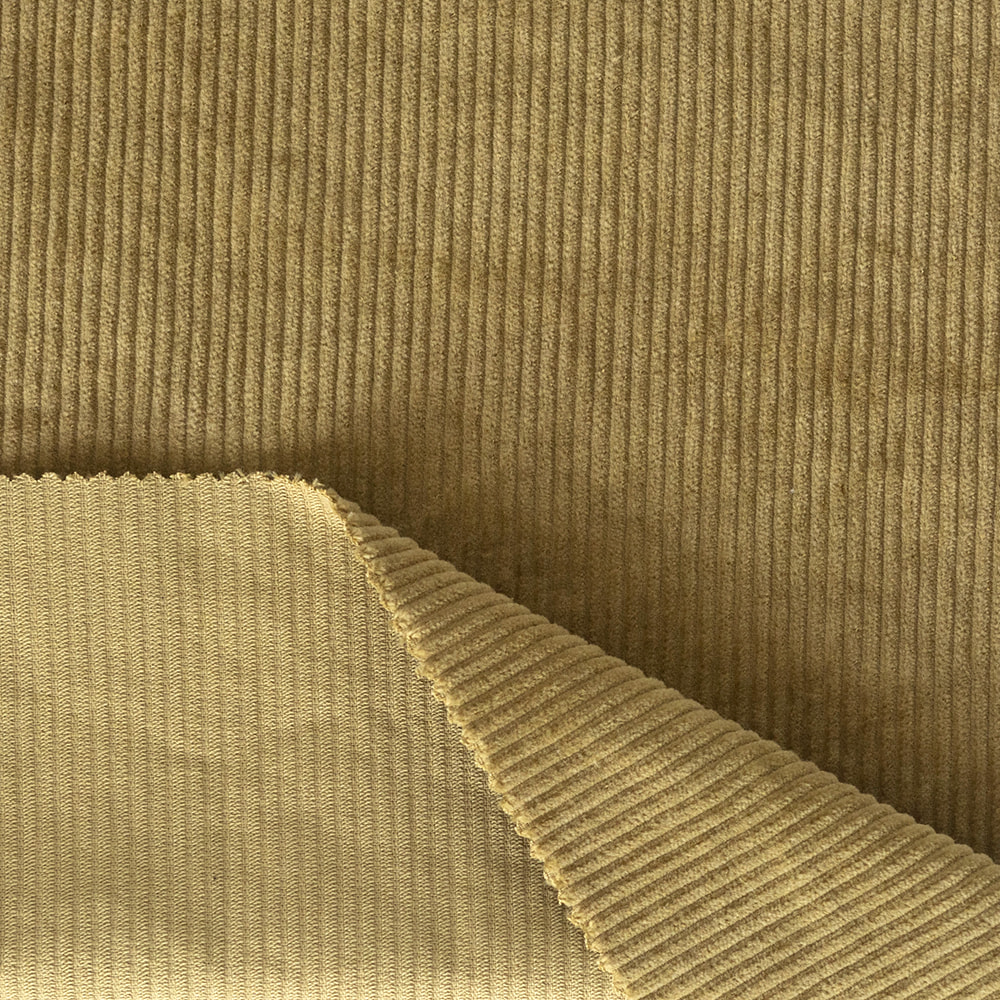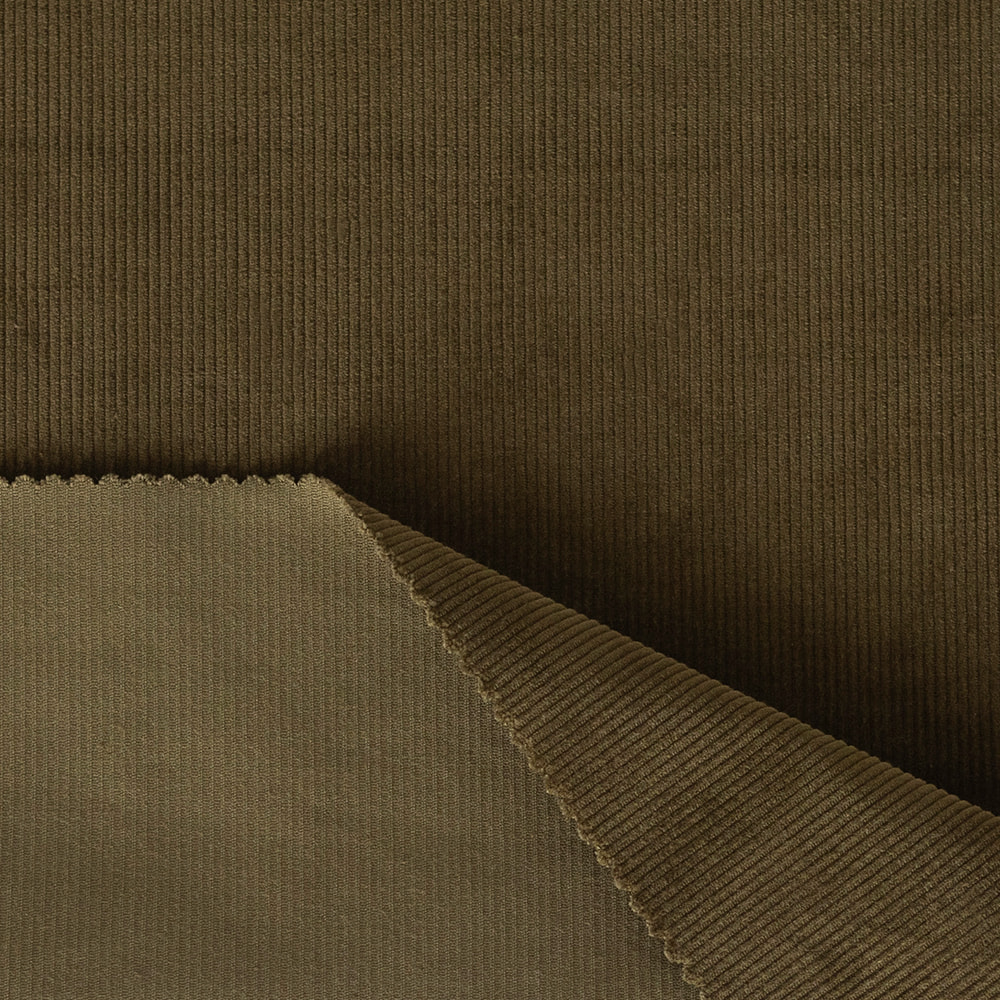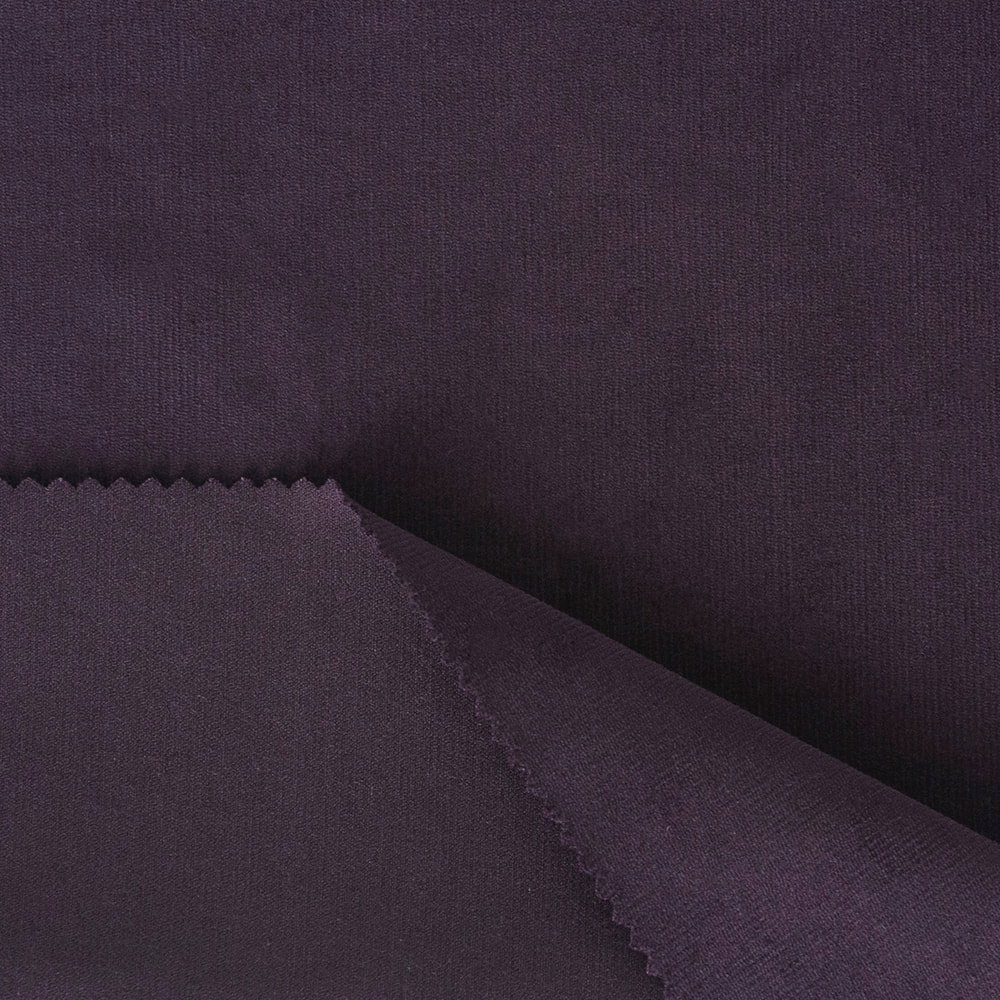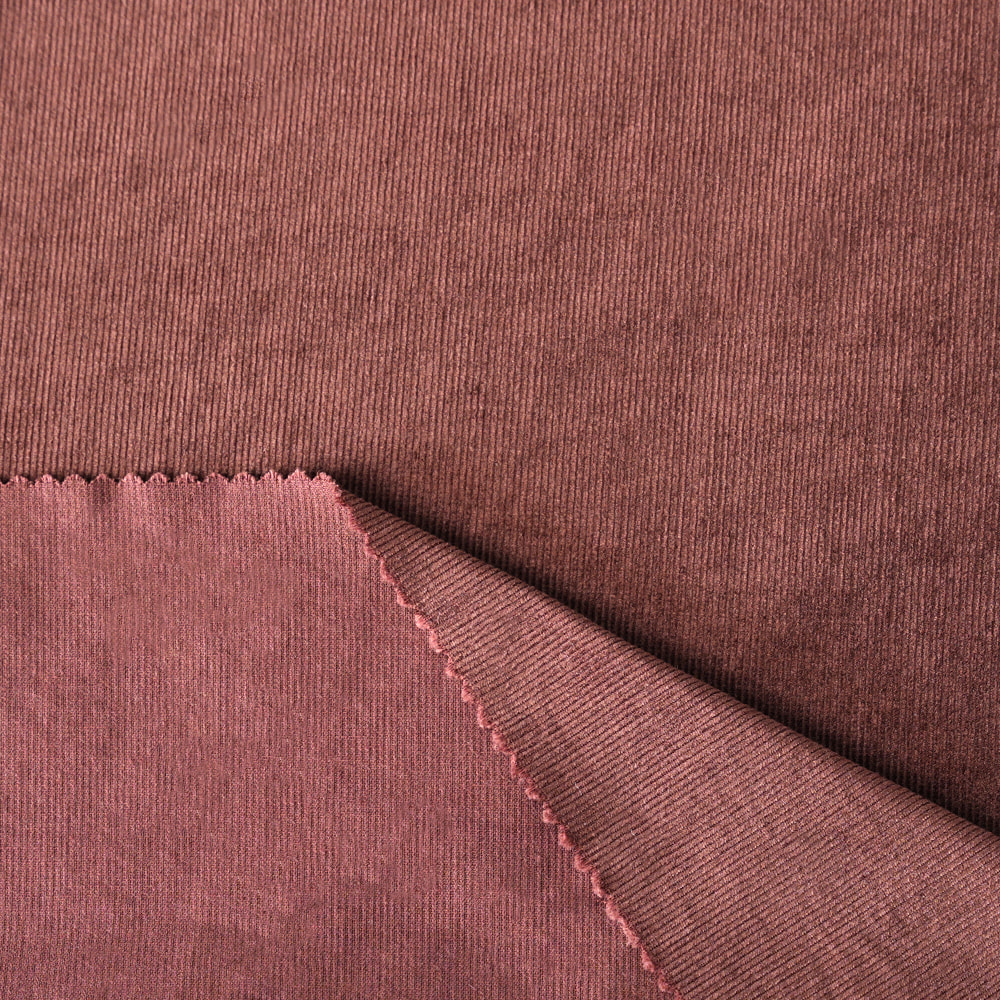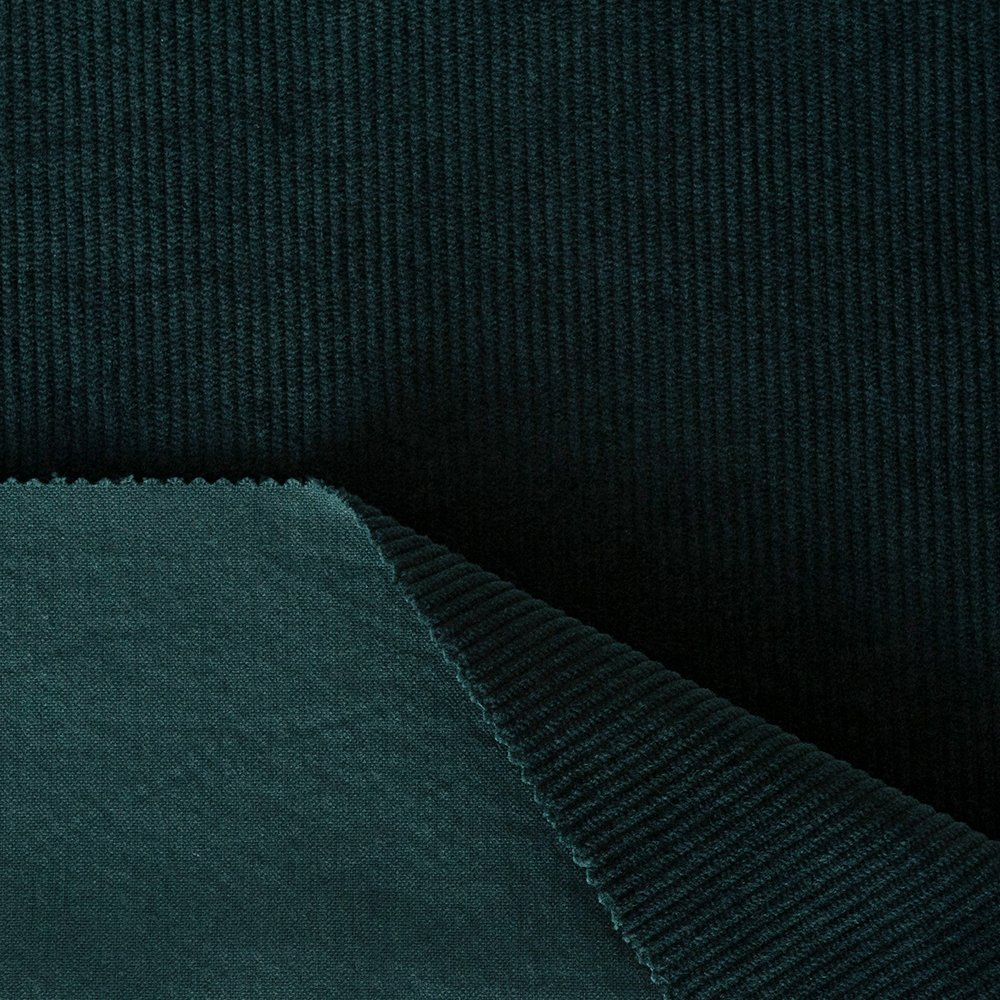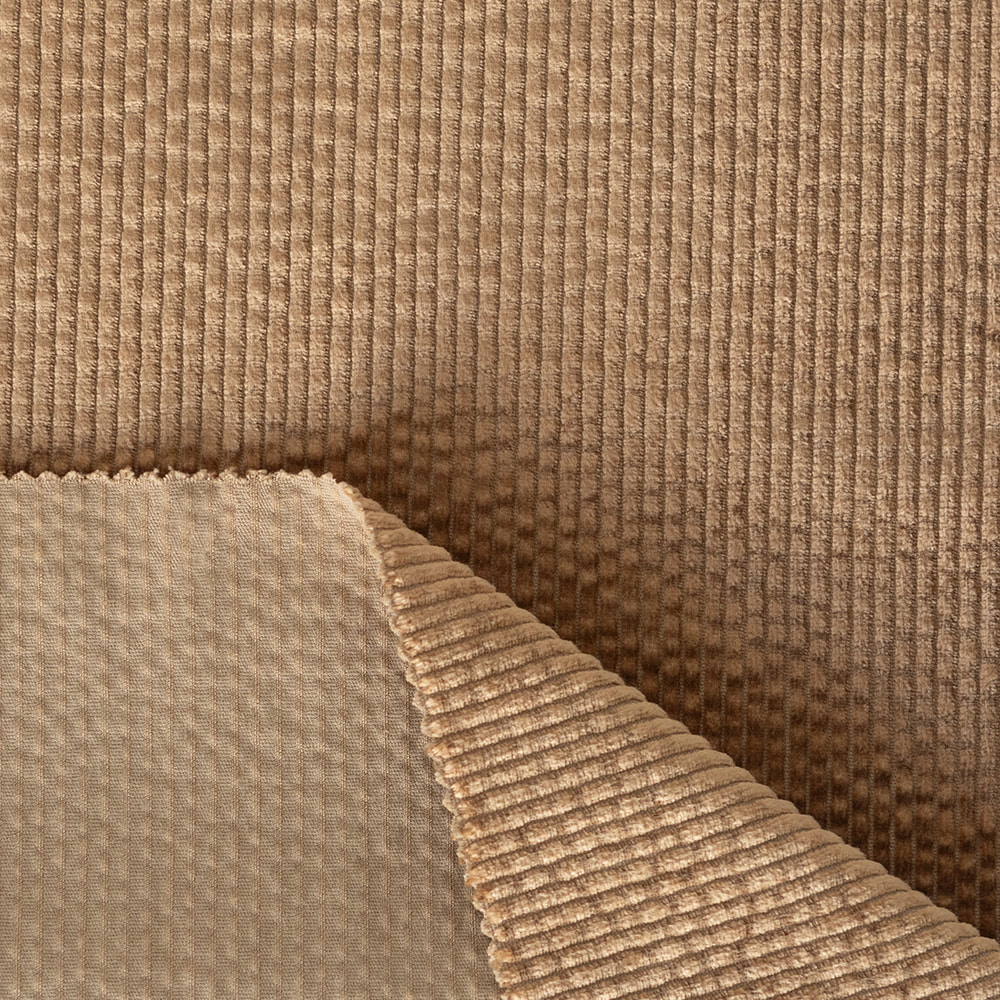Textile Industry Zone, East Hutang Town, Wujin District,213100 Changzhou,China
Polyester-Cotton Piece-Dyed Corduroy Fabric is increasingly used in outerwear. This article examines whether this fabric is suitable for autumn and winter coats by reviewing warmth, durability, breathability, care, styling, and practical construction tips. The goal is to give garment manufacturers, designers, and consumers clear, actionable guidance.
Fabric composition and thermal performance
Piece-dyed corduroy made from a polyester-cotton blend combines natural and synthetic fiber properties. Cotton contributes softness and moderate breathability, while polyester adds dimensional stability, faster drying, and improved resilience. Thermal performance depends primarily on three measurable factors: pile depth (wale height), fabric weight (gsm), and lining/insulation choices. A medium-to-heavy weight blend (from about 280 to 450 gsm) with a medium-deep wale provides noticeably better warmth than lightweight corduroys.
Important to note: the fabric alone rarely equals the insulation of dedicated wool or technical wovens. For true autumn-to-winter wear, corduroy coats typically require design elements—quilted lining, synthetic fill, or a wool inner layer—to bridge the gap between style and cold-weather performance.
Durability, maintenance, and colorfastness
Polyester-cotton blends are inherently more abrasion-resistant than pure cotton. Piece-dyed construction (dying after weaving) often produces richer tones and generally better overall color uniformity. Polyester fibers help the fabric retain color and shape after repeated washing, while cotton content keeps the hand pleasant. For outerwear, this balance reduces pilling and extends garment life compared with lightweight, all-cotton corduroy.
Carewise, blended corduroy tolerates gentle machine washing on cool cycles or professional laundering. To preserve pile texture and color:
- Turn coats inside out before washing to protect the pile.
- Use mild detergent and avoid high heat drying; air-dry or tumble low.
- Brush the pile gently with a soft clothing brush to revive texture after drying.
Breathability and moisture management
A polyester-cotton blend is less breathable than pure cotton but more breathable than heavy synthetics. In cooler months, breathability prevents overheating during active use while still trapping warmth when stationary. Moisture wicking is modest: polyester moves moisture faster, but the fabric will still feel damp if saturated. That’s why coat design should consider vents, adjustable cuffs, and appropriate linings for better comfort.
Construction tips to maximize cold-weather suitability
To make a polyester-cotton piece-dyed corduroy coat genuinely autumn/winter-ready, focus on these practical construction elements:
- Add a warm lining: lightweight quilted polyester, faux shearling, or a wool-blend lining increases insulation without excessive bulk.
- Include storm features: a high collar, internal storm flap behind the zipper, and adjustable cuffs reduce heat loss at common leakage points.
- Use insulated pockets or handwarmer linings to improve wearer comfort during cold snaps.
- Select appropriate seam finishes and interfacings to maintain structure when layered over sweaters.
Style, color, and market trends
Corduroy has cyclical fashion appeal—currently favored in retro and heritage looks across European and North American markets. Piece-dyed corduroy allows deep, saturated colors (olive, rust, deep navy) that are popular for autumn/winter collections. The fabric’s texture complements both casual chore coats and tailored overcoats; designers use wale width to signal style: narrow wales for dressier pieces, wide wales for rustic or workwear aesthetics.
For export markets, emphasize color consistency, testing for rub-off and crocking, and offer both classic neutrals and seasonal accent shades. Piece-dyed processes make it easier to hit on-trend hues with reliable reproducibility.
Quick technical comparison
The following table summarizes common corduroy options and how they perform for autumn/winter coats. Use it as a quick reference when specifying materials.
| Fabric Type | Warmth | Durability | Care |
| 100% Cotton Light Corduroy | Low | Moderate | Hand wash/cool machine |
| Polyester-Cotton Piece-Dyed (Medium Weight) | Medium (with lining: High) | High | Machine wash gentle |
| Heavy Wool Blend Corduroy | High | High | Dry clean recommended |
Buying checklist and specification tips
When sourcing polyester-cotton piece-dyed corduroy for autumn/winter coats, include these specification points in your tech pack or purchase order to ensure consistency and performance:
- Specify blend ratio (e.g., 65% polyester / 35% cotton) and acceptable tolerance.
- Provide target gsm and acceptable range; recommend 320–420 gsm for insulated coats.
- Indicate wale count and pile depth (narrow, medium, wide) and sample approval process.
- Request colorfastness (washing and crocking) test reports for piece-dyed batches.
Conclusion and practical recommendation
In summary, polyester-cotton piece-dyed corduroy is a highly practical and fashionable choice for autumn and mild-to-moderate winter coats when combined with appropriate construction and lining choices. It offers a balance of durability, color stability, and aesthetic versatility. For colder climates, rely on added insulation or heavier wool blends; for transitional seasons and urban wear, a well-lined medium-weight piece-dyed corduroy coat is both stylish and functional.
Designers and buyers should prioritize weight (gsm), pile depth, and lining strategy to meet the target climate—those three decisions determine whether a corduroy coat is merely seasonal or reliably warm through winter.

